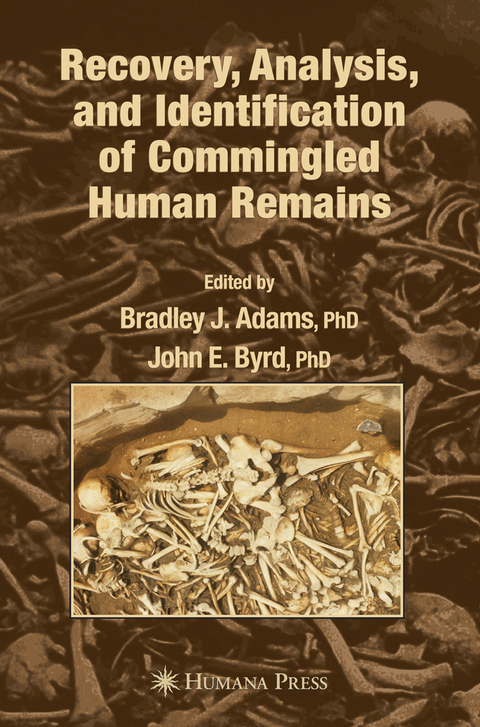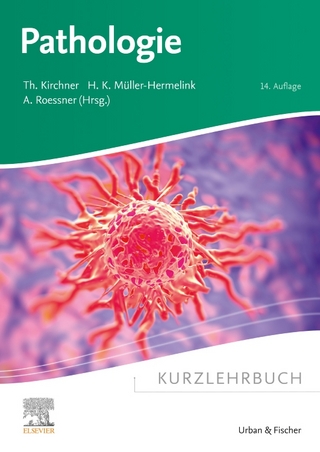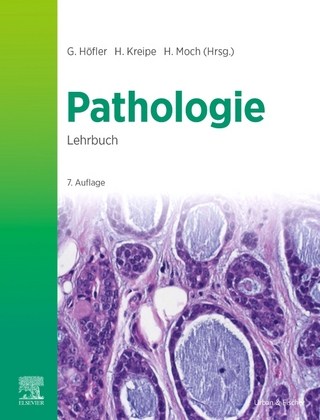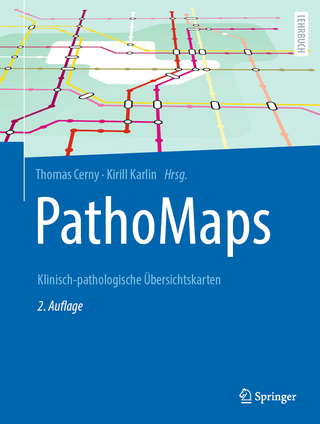
Recovery, Analysis, and Identification of Commingled Human Remains
Humana Press Inc. (Verlag)
978-1-61737-765-5 (ISBN)
Mass fatality events can result in the intermixing, or commingling, of human remains. Commingling of human remains presents an added challenge to all phases of the forensic process. As the number of individuals increases, so does the complexity of the forensic investigation and the skills needed for case resolution. In Recovery, Analysis, and Identification of Commingled Human Remains, top professionals illustrate successful techniques for sorting and determining the number of individuals, the role of DNA, ethical considerations and data management. Instrumental to the forensic community, Recovery, Analysis, and Identification of Commingled Human Remains provides case examples and an in depth review of experiences, methods, and research related to commingling.
Methodology in Commingling Analysis: An Historical Overview.- Spatial Analysis of Mass Grave Mapping Data to Assist in the Reassociation of Disarticulated and Commingled Human Remains.- Pieces of the Puzzle: FBI Evidence Response Team pproaches to Scenes with Commingled Evidence.- Commingled Remains and Human Rights Investigations.- Anthropological Investigations of the Tri-State rematorium Incident.- Approaches to Commingling Issues in Archeological Samples: A Case Study from Roman Era Tombs in Greece.- Anthropologist-Directed Triage: Three Distinct Mass Fatality Events Involving Fragmentation of Human Remains.- The Use of Radiology in Mass Fatality Events.- Detection of Commingling in Cremated Human Remains.- Models and Methods for Osteometric Sorting.- Patterns of Epiphyseal Union and Their Use in the Detection and Sorting of Commingled Remains.- How Many People? Determining the Number of Individuals Represented by Commingled Human Remains.- Assessment of Commingled Human Remains Using a GIS-Based Approach.- The Application of Traditional Anthropological Methods in a DNA-Led Identification Process.- Marrying Anthropology and DNA: Essential for Solving Complex Commingling Problems in Cases of Extreme Fragmentation.- Sorting and Identifying Commingled Remains of U.S. War Dead: The Collaborative Roles of JPAC and AFDIL.- Resolving Commingling Issues During the Medicolegal Investigation of Mass Fatality Incidents.- Data Management and Commingled Remains at Mass Fatality Incidents (MFIs).
| Erscheint lt. Verlag | 5.11.2010 |
|---|---|
| Zusatzinfo | 101 Illustrations, black and white; XV, 374 p. 101 illus. |
| Verlagsort | Totowa, NJ |
| Sprache | englisch |
| Maße | 155 x 235 mm |
| Themenwelt | Medizin / Pharmazie ► Medizinische Fachgebiete |
| Studium ► 2. Studienabschnitt (Klinik) ► Pathologie | |
| Studium ► 2. Studienabschnitt (Klinik) ► Rechtsmedizin | |
| Naturwissenschaften ► Biologie ► Humanbiologie | |
| Sozialwissenschaften ► Ethnologie | |
| Sozialwissenschaften ► Soziologie | |
| ISBN-10 | 1-61737-765-1 / 1617377651 |
| ISBN-13 | 978-1-61737-765-5 / 9781617377655 |
| Zustand | Neuware |
| Informationen gemäß Produktsicherheitsverordnung (GPSR) | |
| Haben Sie eine Frage zum Produkt? |
aus dem Bereich


